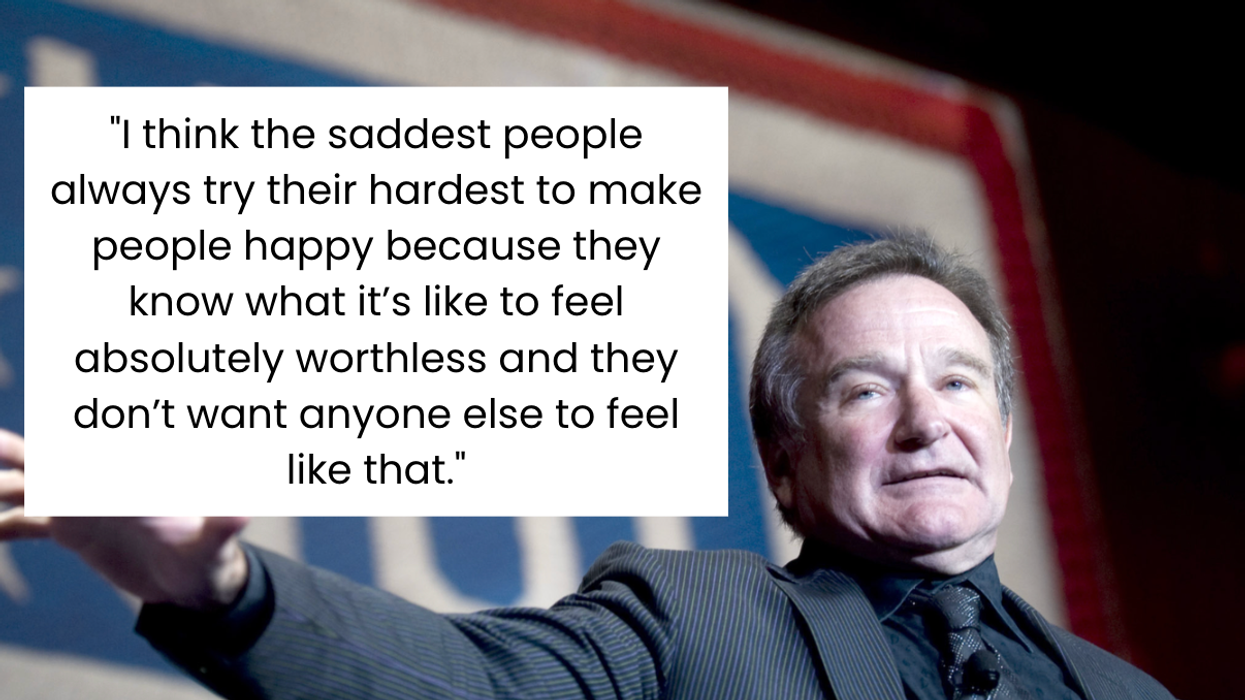Early this January, the American Red Cross made an emergency call for blood and platelet donations across the United States due to a severe winter shortage. Human blood, unlike computers, smartphones, and cars, cannot be manufactured, and no substitute for it has yet been invented. At the same time, blood, like fresh produce, is a perishable product, with platelets lasting five days and red blood cells 42.
[quote position="right" is_quote="true"]Donors, who are the raw material suppliers of blood products, typically can donate no more than three times per year.[/quote]
But why do we run out of blood, anyway? Though we need donors to step up and contribute during a shortage, the trouble stems from the fact that demand for blood is unpredictable. We don’t usually need a lot of it unless there is a natural disaster or other public health emergency. And the blood industry is at a crossroads, due to fluctuating demand over the past decade.
Hospitals are now requiring less blood as compared to a few years ago because of changes in medical practices, leading, at times, to a surplus in overall supply. In 2011, a total of 1.2 million fewer units of blood were used in hospitals as compared to 2009, bringing them a $274 million savings in terms of costs. When it comes to healthcare, the words “supply chain” may not come to mind, instead conjuring up images of manufacturing plants, warehouses, trucks and shipping docks. But our inefficient blood supply chain has resulted in a relatively strong supply and a weak demand for blood at the blood banks, which gives hospitals the upper hand while negotiating with suppliers.
In fact, hospitals are now demanding lower prices from the suppliers, and many are even considering switching to alternative blood banks. An example of this was at the Indiana Blood Center in 2014, where three of their major under-contract hospitals opted for a cheaper price offered by the Red Cross. This led to a one-third shrinkage in Indiana Blood Center’s revenue, forcing the company to revise its business model by cutting the costs as much as possible.
The excess supply, along with increased competition, force the blood suppliers to lower their prices. The hospital cost of a unit of red blood cells in the U.S suffered an almost 10 percent drop from 2011 to 2014. A simultaneous drop in the demand and the price of blood products has tremendously affected the players involved in the blood supply chain, with the blood banking industry revenue dropping to $1.5 billion per year in 2014, down from $5 billion in 2008. Being hit by such a severe revenue loss over a short period, one of the first actions taken by blood providers was to lower their costs by cutting jobs. It is expected that, over the next few years, the blood banking industry in the U.S. will lose 12,000 jobs, roughly a quarter of its workforce, due to the financial stress.
My area of expertise in business supply chains offers some clues as to how the blood industry can address some of its biggest supply chain challenges.
First thing’s first: We can’t mass-produce blood.
We probably can all understand that a blood shortage can have devastating consequences in the face of disaster. What may be less recognized is that a continued budget deficit for blood services leads to a reduced budget for research on blood banking and related fields. Such an impact may not only threaten the effectiveness and safety of various activities in the blood supply chain but may also negatively affect the responsiveness at times of crises and disasters.
[quote position="left" is_quote="true"]A multi-billion dollar industry has evolved out of the demand for and supply of blood, with the global market projected to reach $41.9 billion by 2020.[/quote]
Blood is a hard commodity to manage for many reasons. First, regular replenishment of the blood supply is necessary. Also, supply is completely dependent on donations by individuals to the blood banks and blood service organizations collecting blood, which, for the most part, are nonprofits.
Still, a multi-billion dollar industry has evolved out of the demand for and supply of blood, with the global market for blood products projected to reach $41.9 billion by 2020. The United States constitutes the largest market for blood products in the world. Donors in the U.S. and some others countries are typically not paid.
In the U.S., the American Red Cross supplies about 40 percent of the blood, with America’s Blood Centers, with 600 blood donor centers, providing about 50 percent (and about one-quarter of the blood in Canada). The remainder is collected by hospitals and medical centers themselves or, lately, by profit-maximizing blood suppliers.
But we don’t need as much blood as we used to. (And that’s part of the problem.)
Prior to 2008, hospitals and other surgical centers consistently reported blood shortages every year. This resulted in the cancellation and postponement of elective surgeries.
Things changed. In part because of medical advances, some procedures do not require as many pints for transfusion. This decrease in demand for blood is posing great challenges for the industry, resulting in consolidations and mergers of testing labs and processing facilities.
In response to the drop in demand, suppliers formed partnerships. Mergers have taken place to counteract rising costs of blood banking operations and even to work for enhanced safety, availability and affordability of blood for hospital partners and patients. At times, the reconfigurations have included the closing of testing facilities as done by the Red Cross.
[quote position="full" is_quote="true"]The unpredictability of natural and man-made disasters mandates that all blood banks stay alert and be responsive to fluctuating demand and supply.[/quote]
According to the America’s Blood Centers, the largest network of nonprofit community blood centers in North America, 19 partnerships and mergers were formed in the five years from 2010-2015 among their member blood banks, reducing the size of the network from 87 to 68 members. That represents a doubling from the 1990s, when 19 mergers took place during 10 years rather than five.
Better tracking tools may matter as much as donors.
My colleagues and I have been researching blood supply chains, from enhancing their operations with collection, testing and distribution to hospitals and medical centers. The goal is to minimize costs as well as risk and waste and to optimize the supply chain network design.
More recently, our research has turned to the assessment of mergers and acquisitions, since some of its evolving features have taken on the characteristics of corporate supply chains, which we can learn from and take advantage of.
Identifying potential synergies prior to a merger or acquisition (M&A) can provide quantitative measures; indeed, real numbers, as to whether or not such an M&A should take place. In addition, there may be synergies associated with cooperation, rather than a complete merger or acquisition. For example, different blood service organizations may benefit from utilizing shared testing facilities, common facilities for procurement and even vehicles for the delivery of their blood products to hospitals and medical centers.
In addition, donors must be nurtured. Donors, who are the raw material suppliers of blood products, typically can donate no more than three times per year. An estimated 38 percent of the U.S. population is eligible to donate blood at any given time, but less than 10 percent of that eligible population actually donates blood each year.
When demand goes up, we should turn to technology.
The future for blood supply chains is fraught with uncertainty. There could be another rise in demand in coming years due to population increases. Second, changing demographics, such as baby boomers’ aging, will be a new influence. The unpredictability of natural and man-made disasters mandates that all blood banks stay alert and be responsive to fluctuating demand and supply.
It is imperative to apply supply chain analytics tools derived from industry to assist in both supply side and demand management to make for the best utilization of a lifesaving product that cannot be manufactured—that of human blood.















 A woman conducts a online color testCanva
A woman conducts a online color testCanva A selection of color swatchesCanva
A selection of color swatchesCanva A young boy takes a color examCanva
A young boy takes a color examCanva 

 Pictured: A healthy practice?
Pictured: A healthy practice?


 Is solo sleep the best sleep?
Is solo sleep the best sleep?  Some poeple want their space, and some can't imagine being that seperate.
Some poeple want their space, and some can't imagine being that seperate. 
